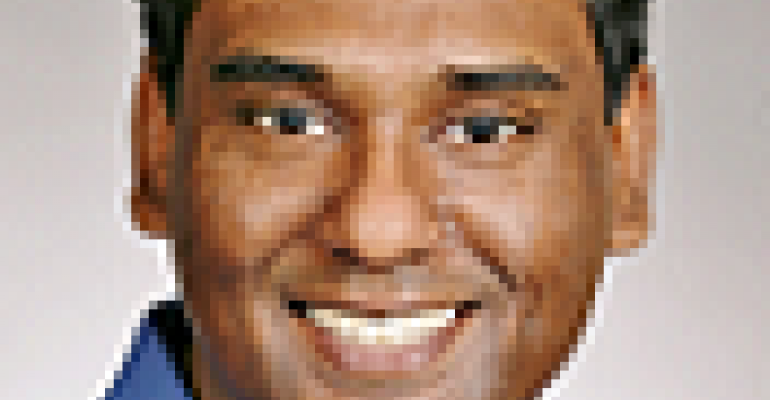Suresh Sathyamurthy is the Sr. Director of Product Marketing and Communications at Isilon Storage Division of EMC.
The speed and volume of mobile data have reached a new level. In its annual report last February, Cisco went on record with an eye-opening prediction – mobile data traffic will exceed 190 exabytes by 2018. That’s 11 times more data than 2013. In turn, the number of mobile devices and connections is predicted to rise from seven billion in 2013 to 10 billion in 2018.
This is happening as our customers advance from smartphones to wearable devices like fitness trackers, smart watches and Google Glass. The latest “Chicken Fat” ad from Apple also demonstrates all the data wearable devices can generate through a variety of exercises. What does this mean for those who purchase and manage storage in the enterprise?
To 190 exabytes and beyond, preparing for the impact
The explosion of mobile data growth creates new workloads that define new storage architectures, ranging from traditional dual control architectures to scale-out data lakes and hybrid cloud architectures. They will also incorporate new components such as flash and cloud tiers.
Wearable technology, like Google Glass and fitness tracker, eliminates the last barrier to unconscious data demands as users instantly record images and data with no regard to storage space. This takes the consumer from a "conscious decision" to make and search data to a nearly automatic "subconscious" event.
Wearable devices mean website servers have to be prepared for unpredictable traffic spikes. Social sites like Facebook and Instagram could potentially experience 10 times the volume of photos and videos, and updates, such as spikes seen from the Ellen DeGeneres selfie at the Oscars.
With all that in mind, here are five ways wearable technology could impact your storage infrastructure and suggestions on how to prepare.
1. Larger volumes of cold vs. critical data, and knowing how to tell them apart As the volume of information begins to snowball from wearable devices, the line between critical and cold data will start to blur. Understanding and identifying the differences will be important as you divide your infrastructure between expensive and inexpensive storage or be able to tier data within the same storage infrastructure.
It’s fair to assume that most of the data will fall under the non-critical category. IT will have to look at storage systems that not only hold a lot of data but also can do it on the cheap and yet still distinguish between critical and cold data.
2. Potential for new level of analytics Analytics will also play a big part in capitalizing on mobile data, representing a combination of human/machine-generated data that will offer new insights to consumer behavior. Imagine knowing how many shoppers are in a store, what products they looked at, how long they looked at it, and whether or not it led to a purchase. Then, imagine using that information to change product placements the very next day. While in-store cameras do much of this already, wearable devices will provide a new level of personalization.
3. Greater demand for geo-distributed data centers Wearable device users could also affect the placement of data centers. For example, as Google Glass adds a new level of mobility for recording data, data centers will have to be equally distributed around the world to provide the shortest amount of distance between them and the person uploading images. A geo-distributed system will be necessary to keep up with customers who could be anywhere, anytime effortlessly uploading or pulling down data.
4. More demand for multi-tenant storage infrastructure Companies like Google, Facebook, Twitter and service providers are already uniquely positioned to take advantage of the wave of wearable apps. Their storage infrastructures are in place with a multi-tenant environment that supports developers as well as customers. As more Google Glass code is shared with the developers, we’ll see greater demand on service providers to provide access to their backend infrastructure.
5. Changes in the way internal clients access and use the infrastructure Organizations that are used to heavy text data access by employees can expect more video content to manage as wearable devices enter the workplace. The technology offers new avenues for employee training, records management or general communications. For example, if Glass is used by bank tellers, like a surveillance camera in the room, all data collected by the teller will be stored and possibly accessed later to resolve disputes.
While perceptions over the reality of consumer adoption of devices like Google Glass and fitness trackers are mixed, plenty of consumers can’t wait to get their hands on them. And when consumer devices go from being carried to being worn, a convenience barrier will be broken, making new demands on IT rather inconvenient for others. Regardless, businesses must be prepared for the changes that will be ushered in by wearables.
Industry Perspectives is a content channel at Data Center Knowledge highlighting thought leadership in the data center arena. See our guidelines and submission process for information on participating. View previously published Industry Perspectives in our Knowledge Library.





